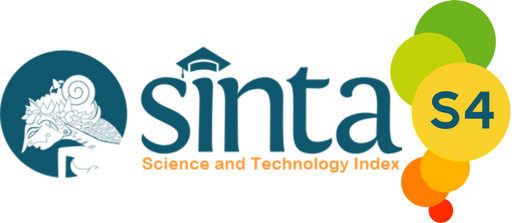Undergraduate Students' Perceptions of Writing Anxiety in English Academic Writing in Taiwan
DOI:
https://doi.org/10.33369/ijier.v3i2.41924Abstract
This study investigates Taiwanese undergraduate students' perceptions of writing anxiety in academic English writing. The goal of the study was to examine anxiety levels and identify the methods students use to cope with them. A mixed-methods approach was employed, using both qualitative interviews and a Writing Anxiety Perception Questionnaire. The questionnaire assessed three forms of anxiety: avoidance behavior, physical anxiety, and cognitive anxiety. The findings revealed that writing anxiety ranged from mild to severe, with physical and cognitive anxiety being the most prevalent. Students reported that the primary causes of their anxiety were physical symptoms such as nervousness and the fear of receiving poor grades. Qualitative interviews identified several coping strategies, including clarifying assignment criteria, breaking tasks into smaller goals, and drawing on prior experiences. Additionally, structured writing techniques such as brainstorming and outlining, along with feedback from peers and teachers, were found to help reduce anxiety and improve writing outcomes. The results emphasize the importance of addressing writing anxiety in educational settings for students to succeed. Educators can support students by teaching effective writing techniques, creating a positive learning environment, and providing regular feedback. Specialized interventions for both local and international students are recommended to further reduce anxiety and improve writing proficiency, ultimately enhancing academic performance.
Keywords: Perceptions of Writing Anxiety, Undergraduate Students, English Academic Writing
Downloads
Published
How to Cite
Issue
Section
License

This work is licensed under a Creative Commons Attribution-ShareAlike 4.0 International License.

Ciptaan disebarluaskan di bawah Lisensi Creative Commons Atribusi-BerbagiSerupa 4.0 Internasional.







